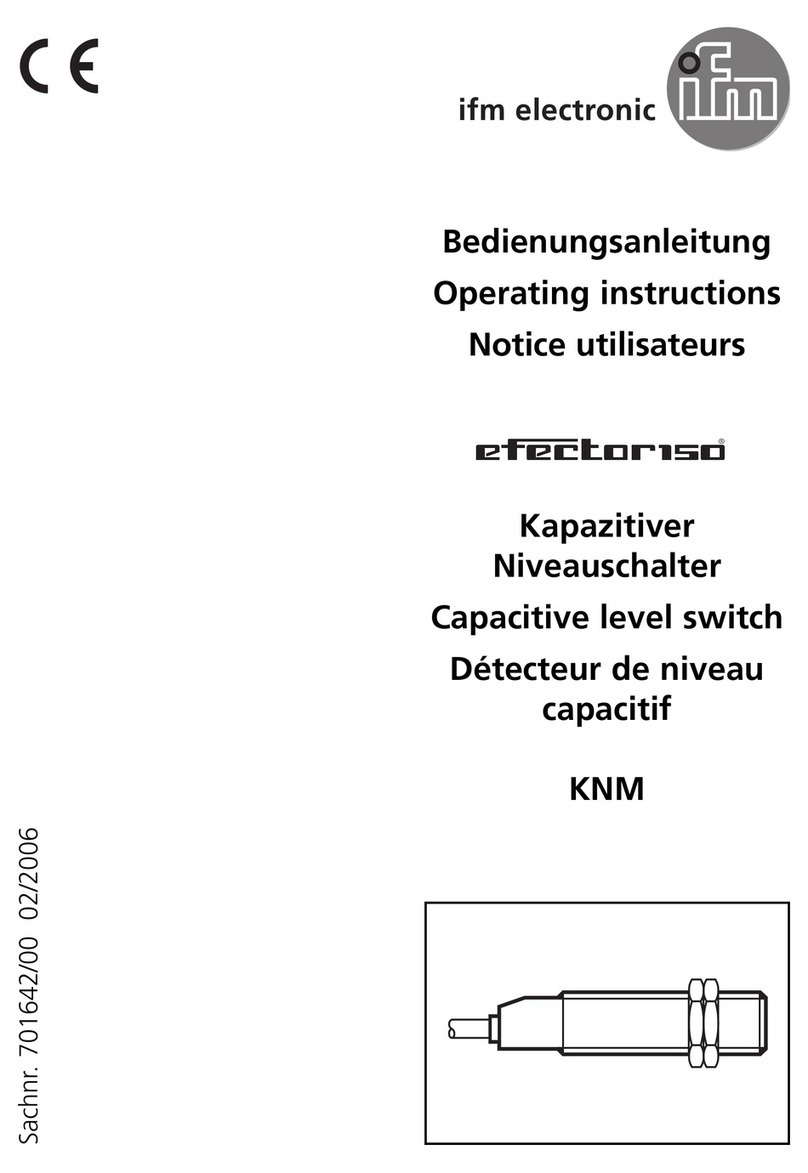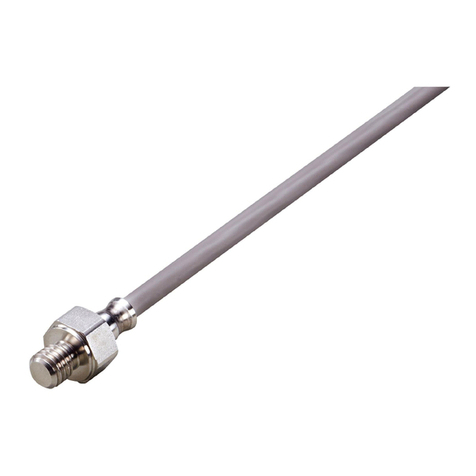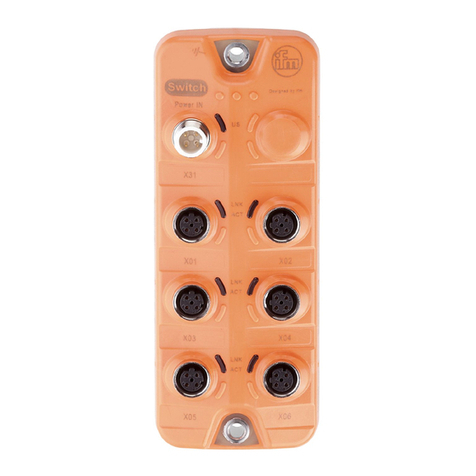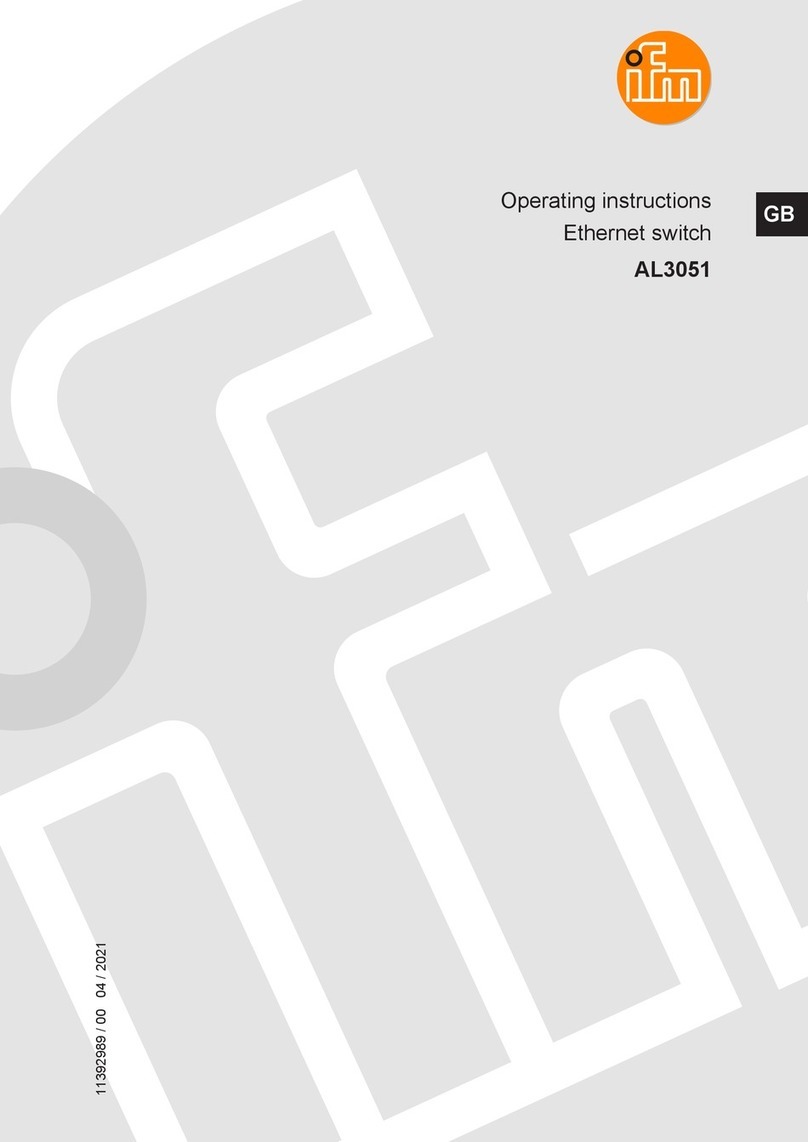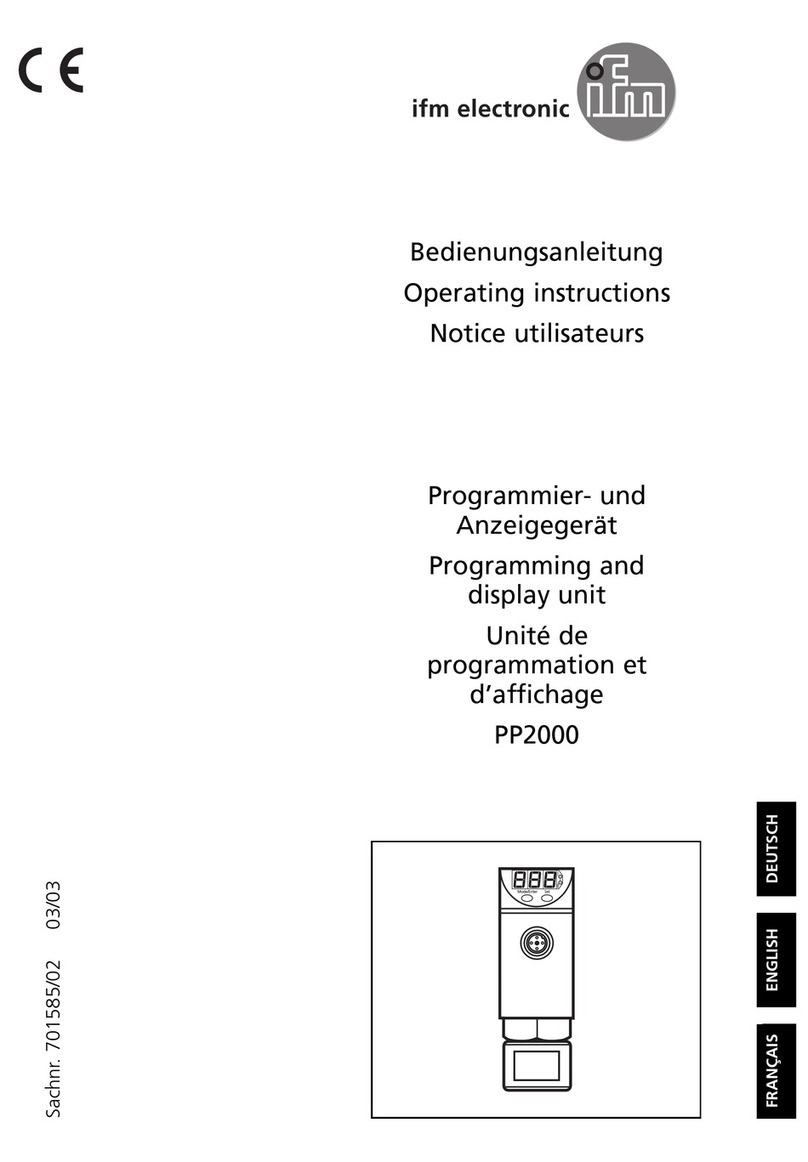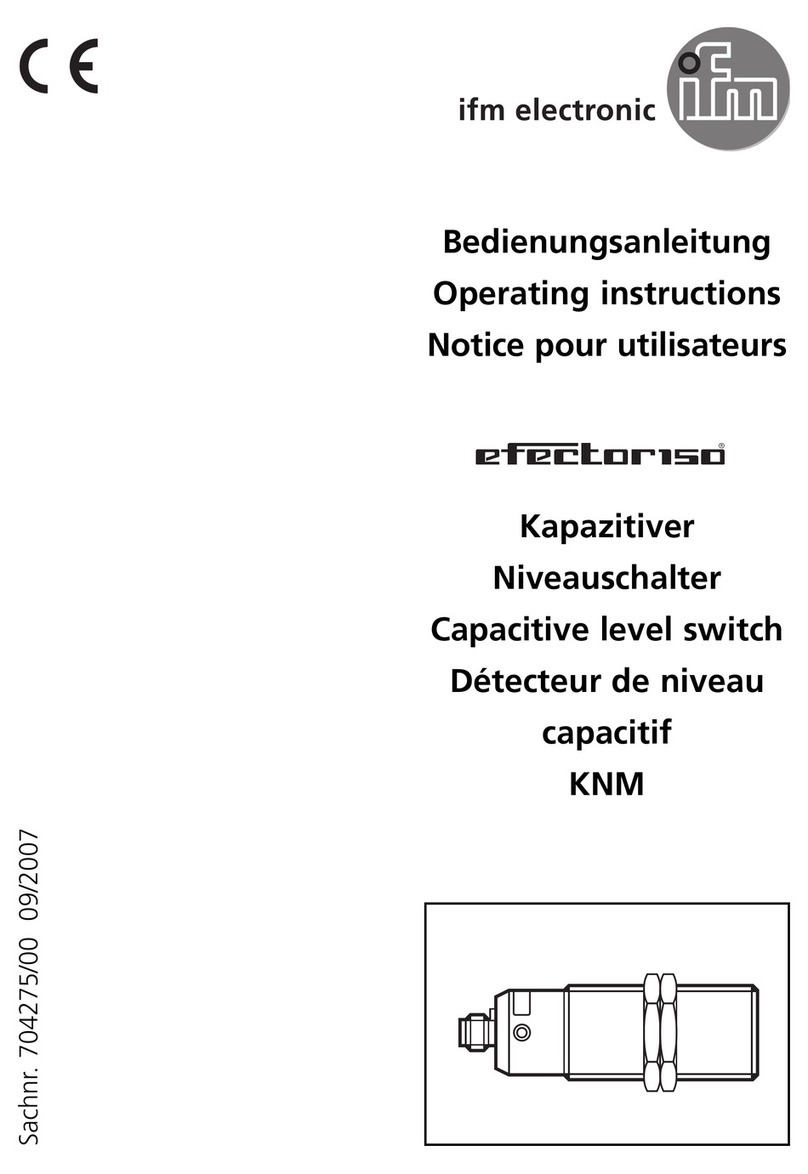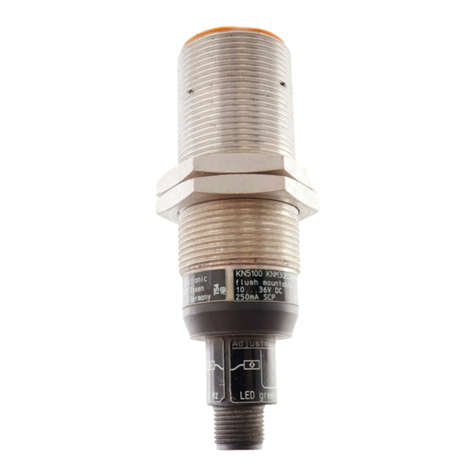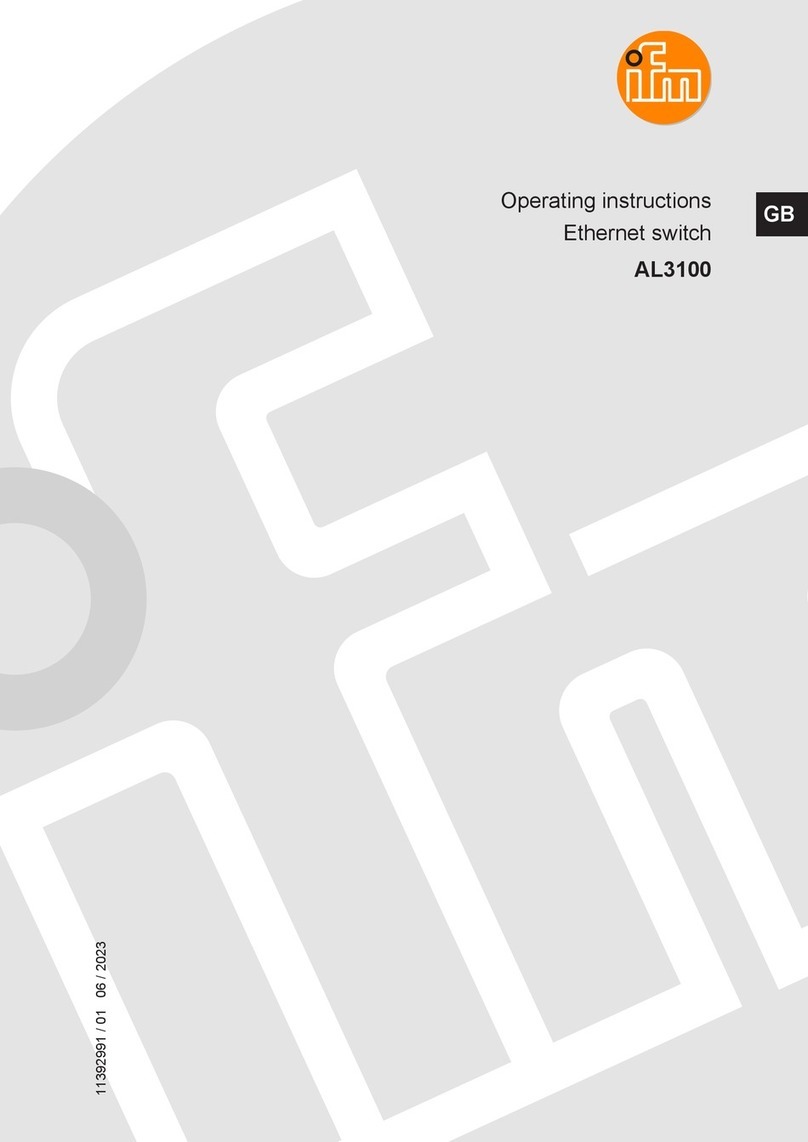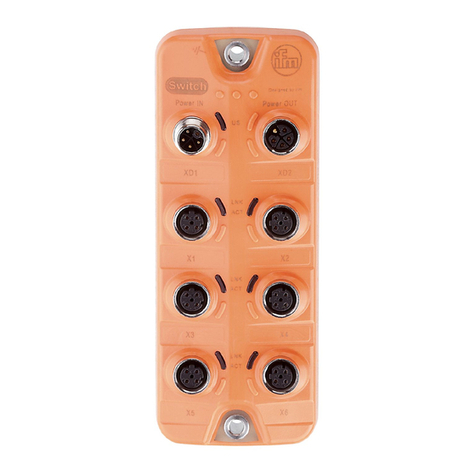2
Contents
1 Preliminary note���������������������������������������������������������������������������������������������������4
1�1 Explanation of symbols ���������������������������������������������������������������������������������4
2 Safety instructions �����������������������������������������������������������������������������������������������4
3 Items supplied������������������������������������������������������������������������������������������������������5
4 Functions and features ����������������������������������������������������������������������������������������5
5 Structure and operating principle�������������������������������������������������������������������������6
5�1 Actuator version���������������������������������������������������������������������������������������������7
5�2 Version AC903S (guard locking by spring force) �������������������������������������������7
5�3 Version AC904S (guard locking by solenoid force) ���������������������������������������7
5�4 Mechanical release����������������������������������������������������������������������������������������9
6 Installation������������������������������������������������������������������������������������������������������������9
6�1 Installation instructions ����������������������������������������������������������������������������������9
6�1�1 Changing the actuating direction��������������������������������������������������������10
6�2 Protection against environmental influences �����������������������������������������������10
7 Electrical connection������������������������������������������������������������������������������������������ 11
7�1 Wiring����������������������������������������������������������������������������������������������������������� 11
8 Set-up ���������������������������������������������������������������������������������������������������������������� 11
8�1 Setting of the AS-Interface address������������������������������������������������������������� 11
8�2 Configuration in the AS-Interface safety monitor ����������������������������������������� 11
8�2�1 Monitor with extended functions���������������������������������������������������������12
9 Operation�����������������������������������������������������������������������������������������������������������13
9�1 LED indicators / AS-Interface status messages ������������������������������������������13
10 Function check and troubleshooting����������������������������������������������������������������14
10�1 Mechanical function check ������������������������������������������������������������������������14
10�2 Electrical function check ����������������������������������������������������������������������������14
10�3 Troubleshooting �����������������������������������������������������������������������������������������14
11 Scale drawing ��������������������������������������������������������������������������������������������������16
12 Technical data��������������������������������������������������������������������������������������������������17
13 Terms and abbreviations����������������������������������������������������������������������������������18
14 Data bit table����������������������������������������������������������������������������������������������������19












